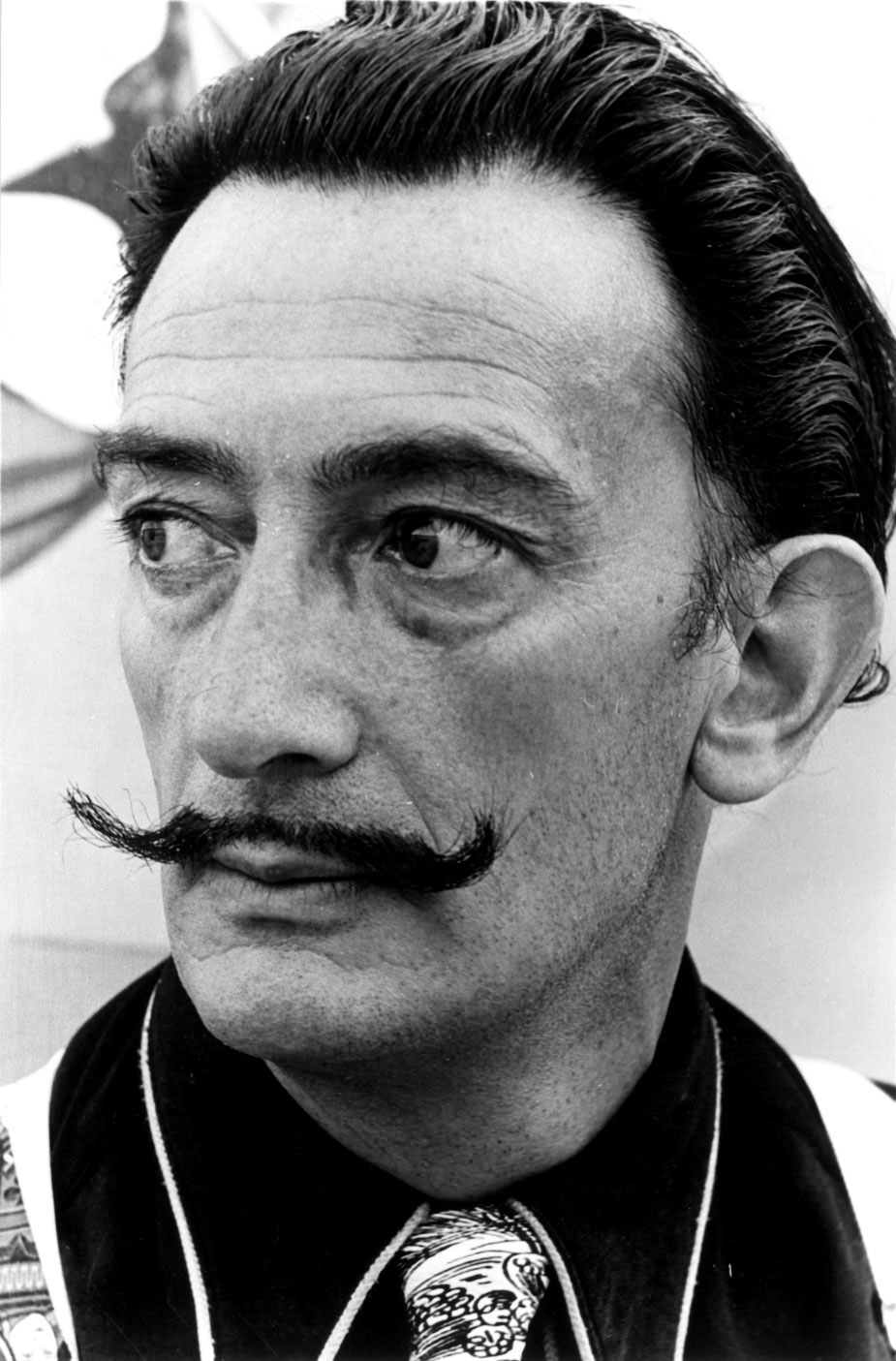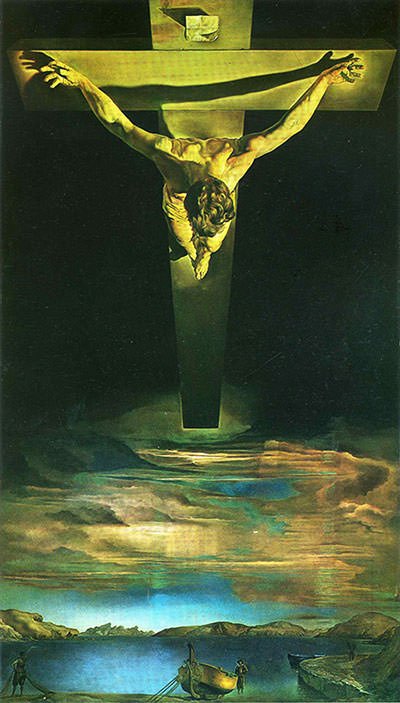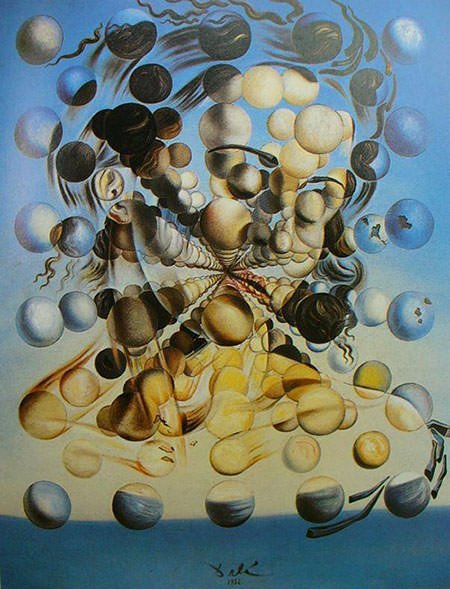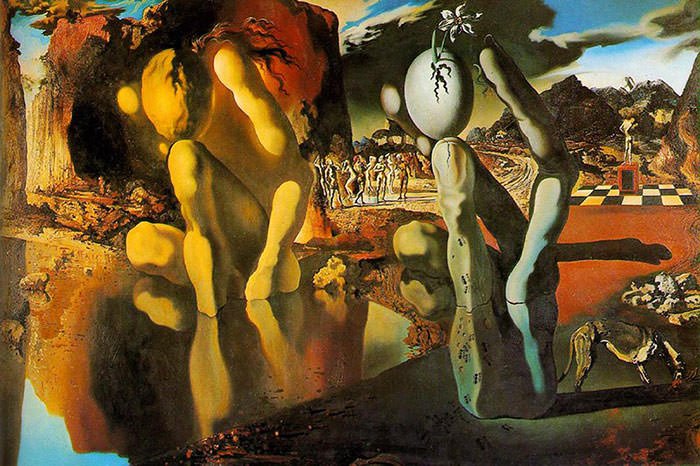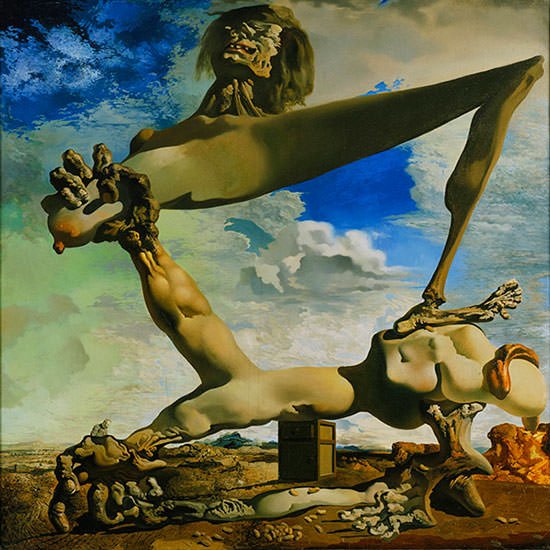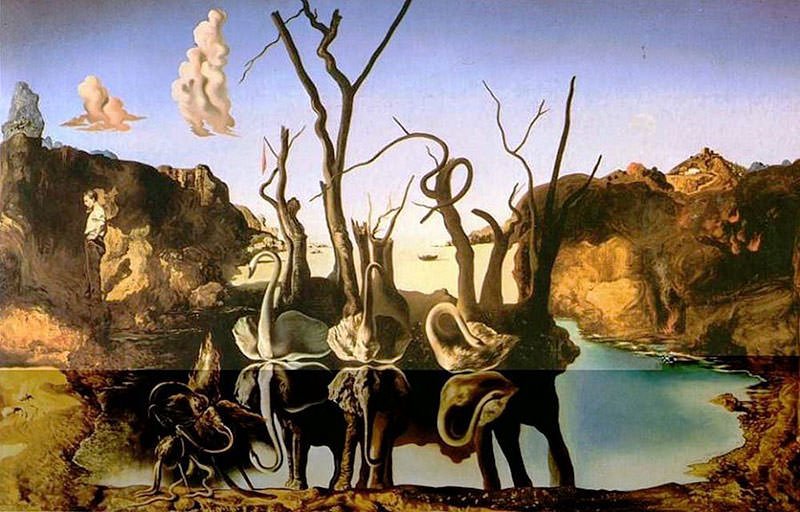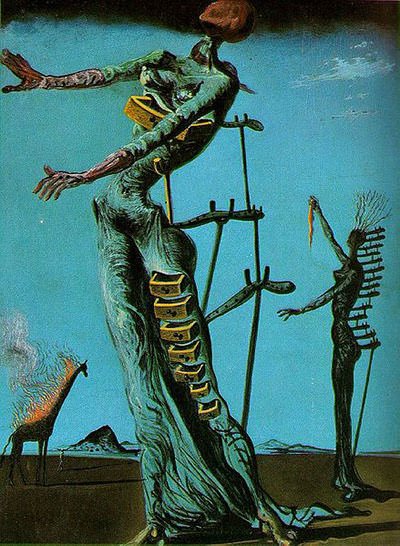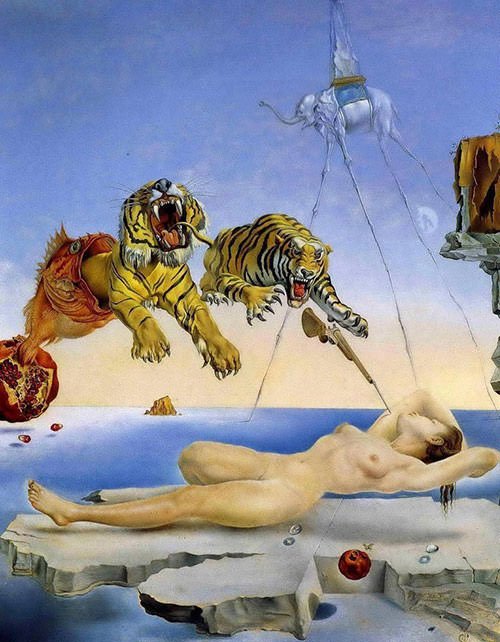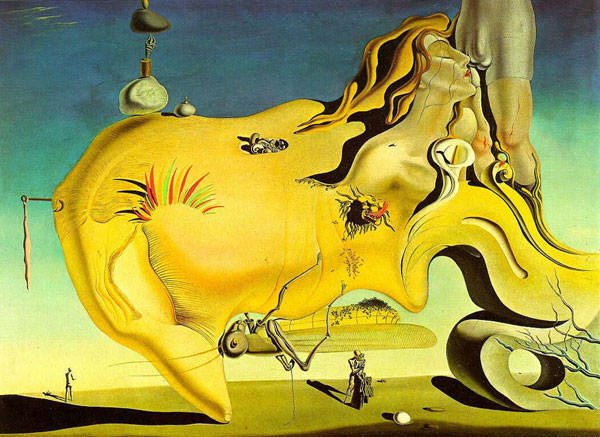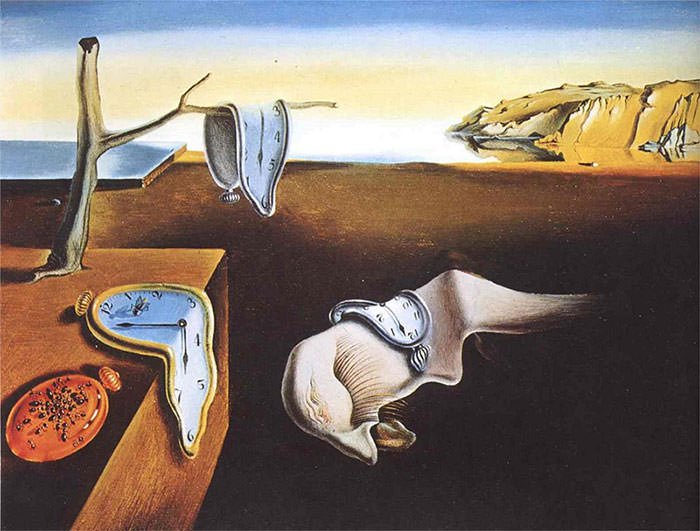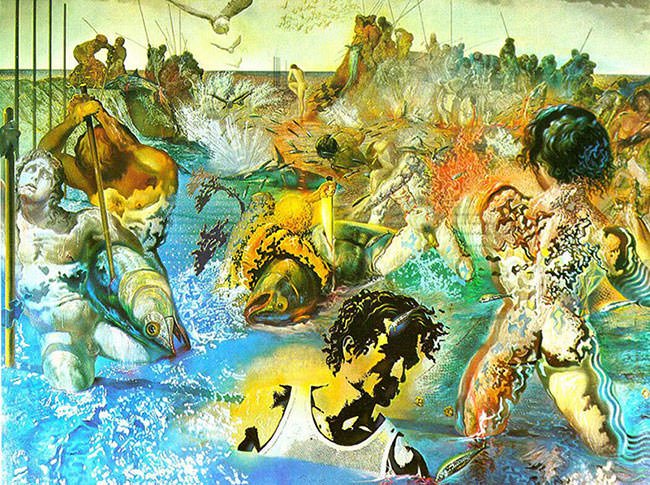- Overview
-
Salavtor Dali was a prominent Spanish surrealist born in Figueres, Catalonia, Spain. Dalí was a skilled draftsman, best known for the striking and bizarre images in his surrealist work. His painterly skills are often attributed to the influence of Renaissance masters. His best-known work, The Persistence of Memory, was completed in August 1931. Dalí's expansive artistic repertoire included film, sculpture, and photography, in collaboration with a range of artists in a variety of media.
- Career
-
- Dali got maximum attention from his fellow classmates for his paintings that mostly concentrated on Cubism art form. Dali had no direct contact with any cubist artist but his only source of information about Cubist art came from magazine articles and a catalogue given to him by Pichot, since there were no Cubist artists in Madrid at the time.
- In 1926 itself Dali produced his brilliant artwork, ‘Basket of Bread’ which upheld his highest mastery of painting. Again in 1926 Dali made another move by moving to Paris, where he met with Pablo Picasso (a pioneer of Cubism), whom the young Dalí revered. Many of Dali’s work bore heavy influences from Picasso and Joan Miró. Picasso heard a lot about Dali and his artistry and with time Dali grew his own form of art.
- Dali’s art form was extremely mixed and had a classic style. He drew influences from various forms of art and his classical influences included works of Raphael, Bronzino, Francisco de Zurbaran, Vermeer, and Velázquez. At times Dali combined classical and modernist techniques and at some other time he used these techniques separately in his paintings.
- In 1929 Dali got involved with his several significant exhibitions and he also became an official member of the Surrealist group in the Montparnasse quarter of Paris. Dali became famous with most Surrealists hailing him as a great artist for his tremendous efforts in the paranoiac-critical method of accessing the subconscious for greater artistic creativity.
- In 1931, Dalí painted one of his most famous works “The Persistence of Memory” which reflected the core of surrealism - soft, melting pocket watches for the first time.
- Klee began teaching at Dusseldorf Academy in 1931. However, he was fired under Nazi rule in 1933 and moved with his family to Switzerland. He was at the peak of his career at this time. He soon started suffered from ill health and his output dropped considerably even though he continued painting until his last years.
- Dali got maximum attention from his fellow classmates for his paintings that mostly concentrated on Cubism art form. Dali had no direct contact with any cubist artist but his only source of information about Cubist art came from magazine articles and a catalogue given to him by Pichot, since there were no Cubist artists in Madrid at the time.
- Legacy
-
In Carlos Lozano's biography, Sex, Surrealism, Dalí, and Me, produced with the collaboration of Clifford Thurlow, Lozano makes it clear that Dalí never stopped being a surrealist. As Dalí said of himself: "the only difference between me and the surrealists is that I am a surrealist".
He has been portrayed on film by Robert Pattinson in Little Ashes (2008), and by Adrien Brody in Midnight in Paris (2011). He was also parodied in a series of painting skits on Captain Kangaroo as "Salvador Silly" (played by Cosmo Allegretti) and in a Sesame Street muppet skit as "Salvador Dada" (an orange gold Anything Muppet performed by Jim Henson).
The Salvador Dalí Desert in Bolivia and the Dali crater on the planet Mercury are named for him.
- On View
-
- Museum of Modern Art, New York City
- Art Institute of Chicago
- Philadelphia Museum of Art
- San Francisco Museum of Modern Art
- SCAD Museum of Art
- Dali Theatre and Museum
- Salvator Dali Museum
- National Gallery of Art East Buiding, Washington D.C.
- Patrick and Beatrice Haggerty Museum of Art, Milwaukee
- Bavarian State Painting Collections, Munich
- Kelvingrove Art Gallery and Museum, Gasgow
- The Wadsworth Stheneum Museum of Art

